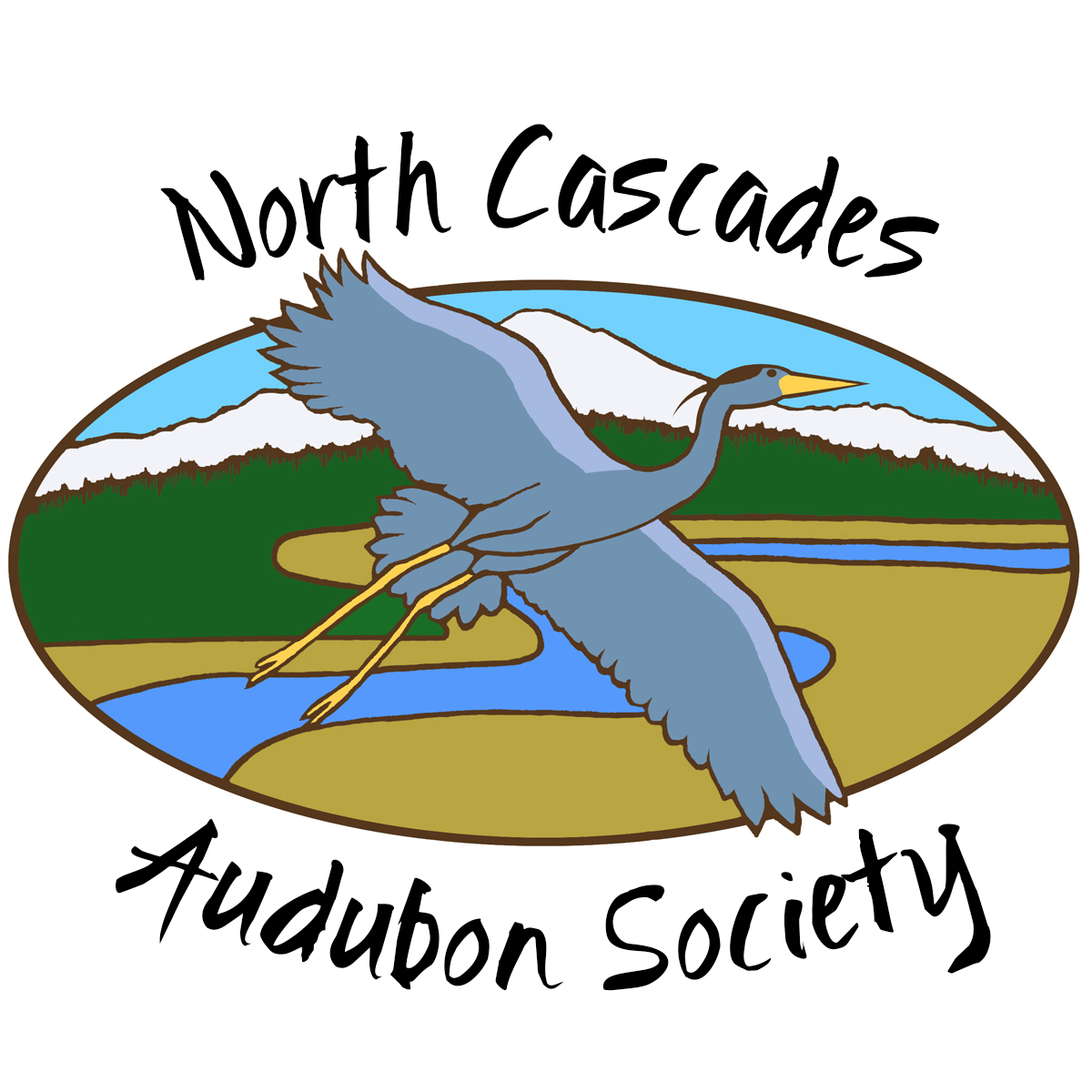Monthly Membership Program
Membership programs are open to the public, and all are welcome.
Social Hour at 6:30pm / Program at 7:00pm, on the 4th Tuesday of each month.
Whatcom Museum Old City Hall Rotunda Room
121 Prospect Street, Bellingham 98225
October 28, 2025
The Fascinating Lives of Dragonflies and Damselflies
by Jim Walker
Dragonflies are fascinating creatures, with a rich heritage of folklore and fables that vary greatly from culture to culture. European cultures tend to see them as dangerous, even deadly. Asian and Native American cultures see them as signs of good luck, longevity, and prosperity. The facts about dragonflies are even more interesting than the fables:
• They have six legs, but don’t walk.
• They have acute vision, but can’t hear.
• They predate dinosaurs, but are still going strong today.
• They can spin at 1,000 rpm in midflight, the fastest spinning motion in nature.
Scientist-author Jim Walker gives a lively and informative presentation exploring the world of dragonflies, including his own slow-motion videos of dragonflies laying eggs, bathing, and spinning in midair. Walker, known to his friends as “The Dragonfly Whisperer,” will share tips on how to coax a dragonfly to perch on your finger, and how to see the famous Happy-face Dragonfly performing its record-breaking spin-dry maneuver. Jim Walker earned his PhD in theoretical physics at the University of Washington. He is a retired professor of physics from Washington State University, where he was the Boeing Distinguished Professor of Science and Mathematics Education. He is the author of several university-level textbooks on physics, as well as two dragonfly field guides, Common Dragonflies and Damselflies of the Pacific Coast, and Common Dragonflies and Damselflies of Western Washington, both available on Amazon.com. Professor Walker and his wife Betsy divide their time between Western Washington and Arizona, and enjoy birding and dragonflying in both locations.
November 25, 2025
Tidal Wetland Restoration in the Stillaguamish Delta:
The Intertwined Stories of Chinook Salmon,
Waterfowl, and Shorebirds
Jennifer Sevigny, Wildlife Program Manager
Jason Griffith, Environmental Program Manager
Stillaguamish Tribe Natural Resources Department
The Stillaguamish Tribe has been active alongside The Nature Conservancy and the Washington Department of Fish and Wildlife in restoring wetland habitats across large swaths of the Stillaguamish Delta. For the past 25 years they have been learning from the birds and fish on how to most efficiently restore the habitats of species critical to the Tribe. While Chinook salmon are the cornerstone of tribal fishing economies, and the driving force behind the Tribe’s tidal wetland restoration work, many waterfowl and shorebirds species are considered culturally significant and in some cases are hunted for subsistence and ceremonial purposes.
Jason Griffith and Jennifer Sevigny will present on their work in the Stillaguamish delta including purchasing and restoring large parcels that had been farmed for over 130 years. They will also present data from a pre-harvest season duck banding project, which has been a collaboration with the U.S. Fish and Wildlife Service (USFWS) and Washington Department of Fish and Wildlife (WDFW). The Tribe’s banding efforts are on-going and have led to other projects including applying GPS/GSM tags to Mallards to observe fine-scale habitat use, establishing motus stations and applying VHF LifeTags to monitor broad scale Mallard movements, and using unmanned aerial vehicles for pre- and post-restoration monitoring of nesting waterfowl.
Jennifer Sevigny is the Wildlife Program Manager for Stillaguamish Tribe Natural Resources Department. She is responsible for coordinating the wildlife program and conducting field research for a variety of projects involving game and non-game species in NW Washington State. Jennifer has worked for the tribe for over 20 years.
Jason Griffith has worked for the Stillaguamish Tribe of Indians since 2000, and serves as their Environmental Program Manager. He coordinates the planning and implementing of a wide range of restoration/acquisition projects, and serves on various salmon recovery related committees, including as Co-Chair of the Stillaguamish Watershed Council.




